Nadia Anderson

Nadia Anderson is a Hellenistic astrologer, researcher, and educator at Kepler College. With a background in Greek classics, philosophy, and traditional astrology, her work focuses on reviving and contextualizing ancient celestial knowledge. She holds a B.A. in Greek Classics from the University of Oregon and a Master of Humanities from New York University, where she […]
Dorothy Oja

Dorothy Oja is a certified astrologer with an international clientele. She lectures, writes, and teaches, specializing in Elections for Surgery and Relationships (Davison Chart). Dorothy is a faculty member for the International Academy of Astrology and Kepler College, and founded The Relationship Club, hosting astrologers lecturing on relationships. Her published work includes the book Planetary […]
Tara Aal

Tara Aal is an evolutionary astrologer, writer, educator, artist, and tarot reader. She’s the co-author of “Astrology by Moonlight” and “Natural Astrology.” Tara sees clients, teaches, and speaks (including NORWAC, UAC, Kepler College, and ISAR). She’s passionate about experiential astrology, including the practice called Living Planets 1st, and currently serves on the ISAR Board as […]
Predictive Life Chapters: Timing with Circumambulations
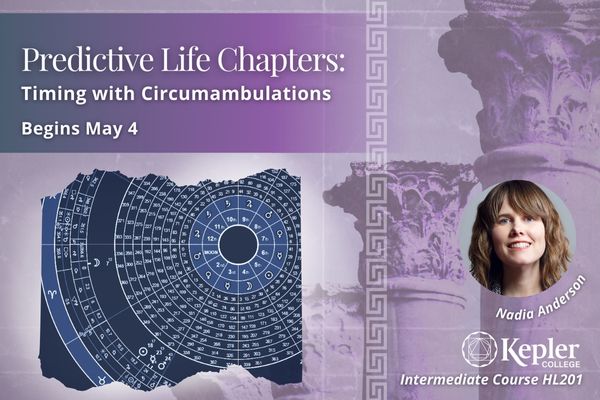
For over 2,000 years, astrologers have regarded circumambulations through the bounds it as a powerful predictive tool, capable of mapping distinct “chapters” of a person’s life. Each chapter, unfolding over several years, is governed by a pair of time lords whose influence shapes the tone, quality, and life events of the period.
Introduction to Natal Hellenistic Astrology
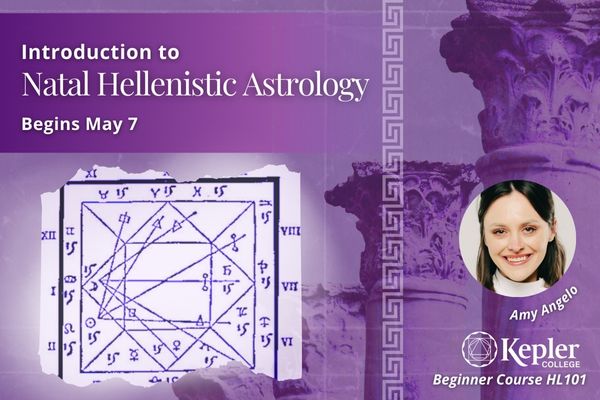
Explore the foundational concepts of traditional astrology through the lens of the Thema Mundi, the mythical birth chart of the world. Study the four pillars of Hellenistic astrology: planets and sect theory, zodiac signs and rulership schemes, the houses, and aspect theory.
Progressions & Solar Arcs
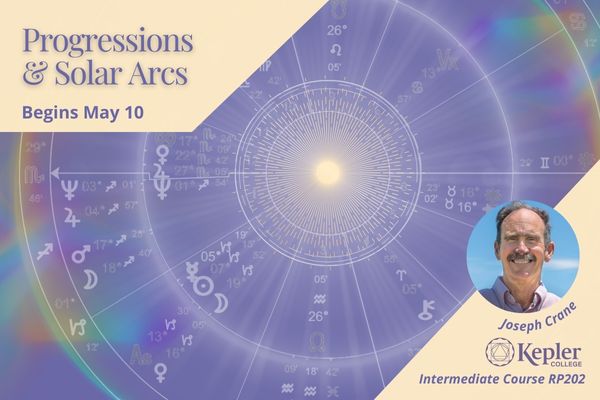
Study symbolic timing techniques based on planetary motion in the days following the nativity, to gain a wide-angle view of a person’s life path. Use them with transits and solar returns to clarify a person’s circumstances and the decisions to be made.
Fundamentals of Life Coaching for Astrologers Part I
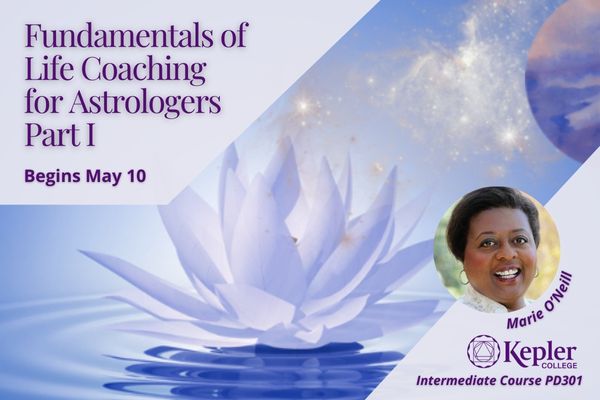
Life Coaching and astrology are a perfect fit for a counseling astrologer. The astrologer co-collaborates with the client to achieve goals based on the strengths and challenges seen in the astrology chart.
Telling the Houses: Building Narrative through House Delineation
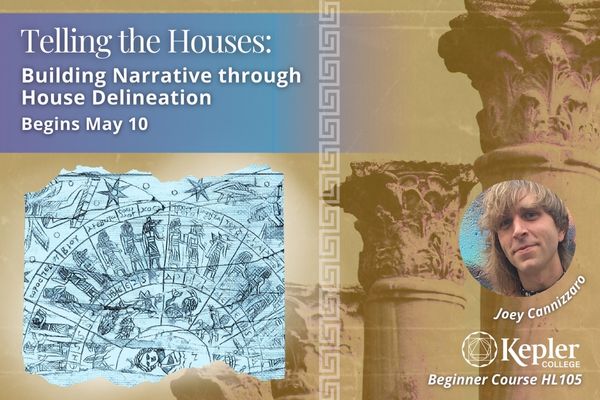
This class is both a focused study of the 12 houses as they were understood by Hellenistic astrologers and a writing workshop on how to use the principles of house delineation to tell stories and construct compelling narratives.
Astrological House Division & the Symbolism of the Celestial Circles
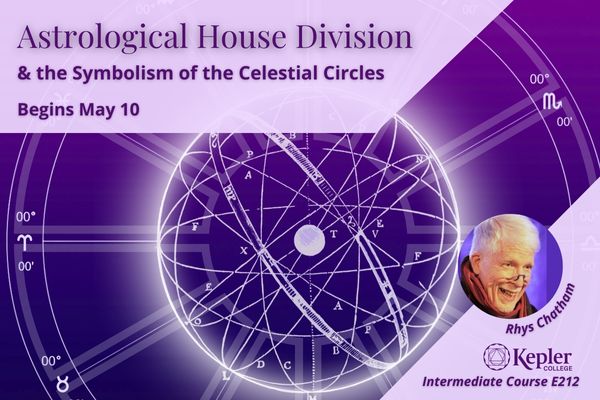
Why do astrologers use different house systems? This talk explores the origins and symbolism of house division based on divergent celestial circles. Attendees will gain insight into the major house systems in use today and how the choice of celestial circle influences astrological techniques and delineations.
Astrological Heritage: Rome to the Renaissance
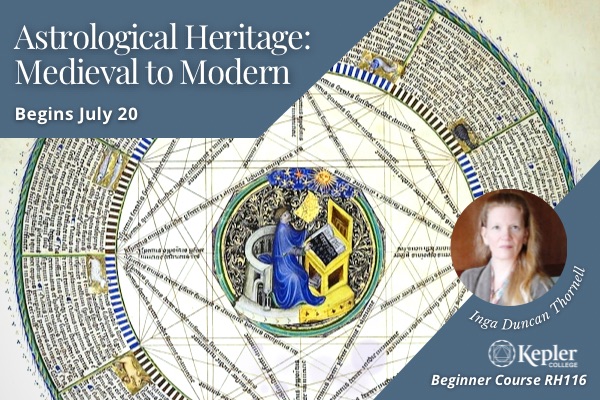
This history course begins with astrology in the Roman period. We’ll explore the major periods from Rome to the Renaissance and discuss the contributions of each. Deepen your astrological practice and study the cultural lineage from which the tradition emerges, with this historical survey of the foundations of astrology.


